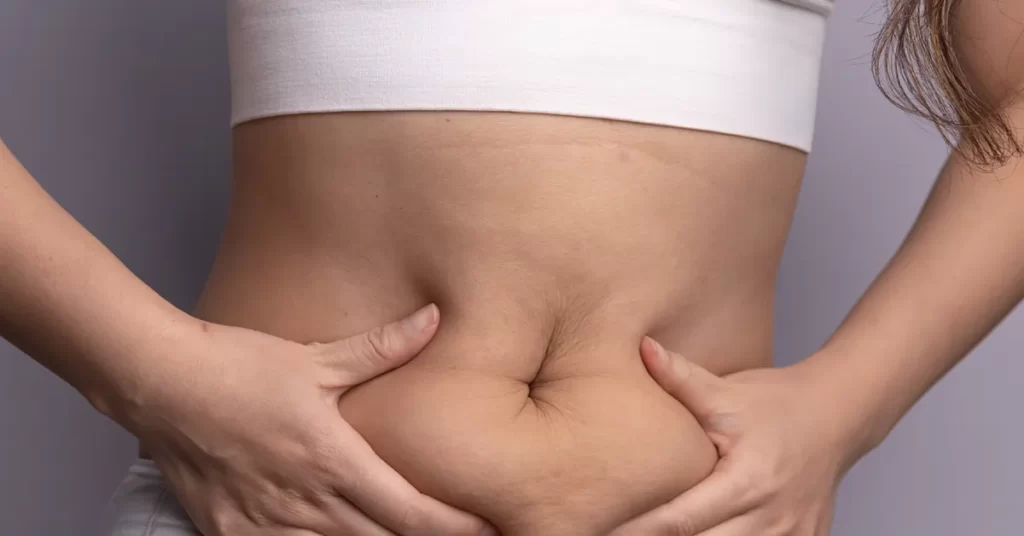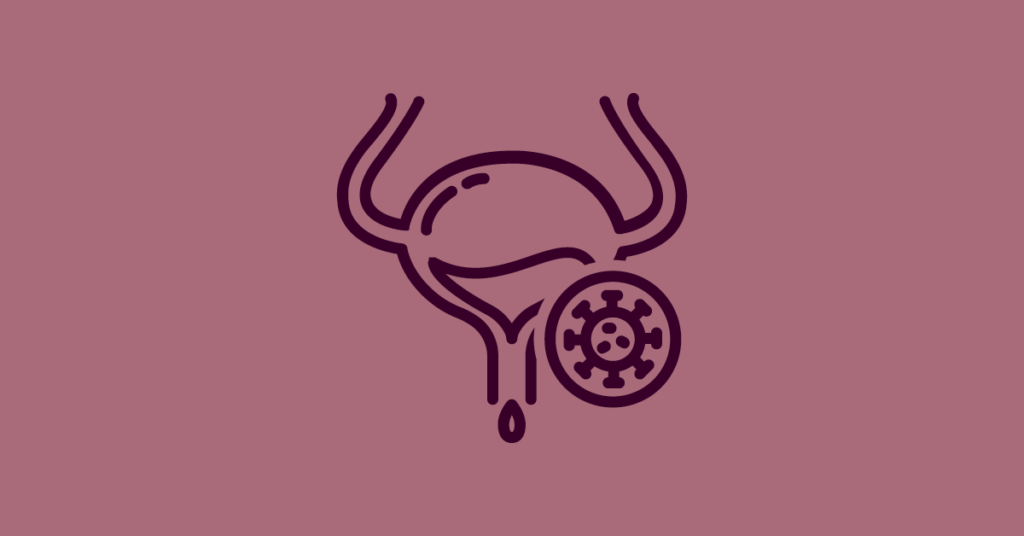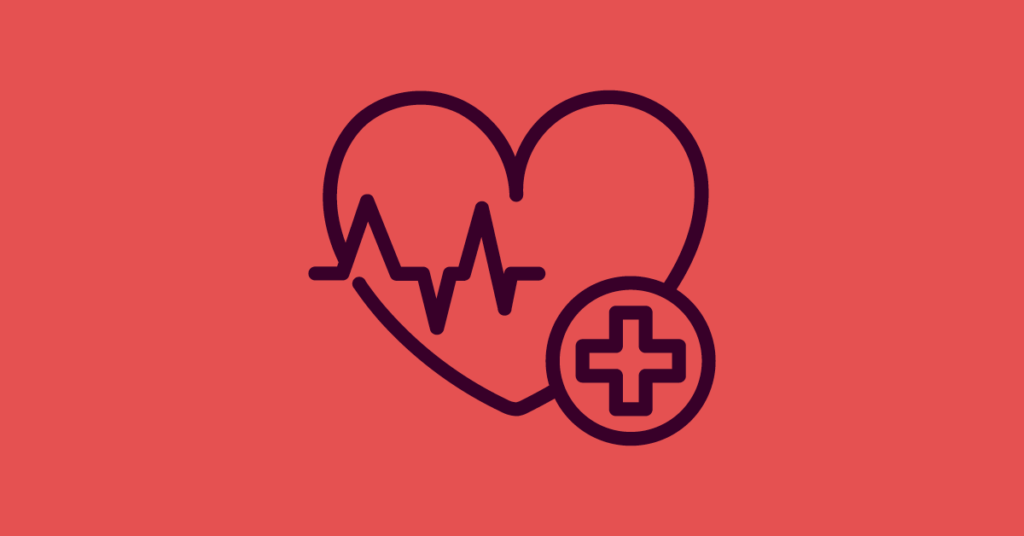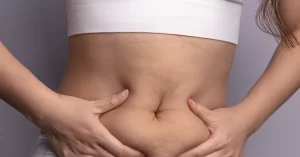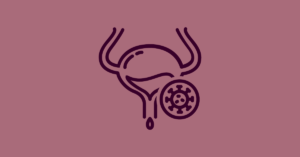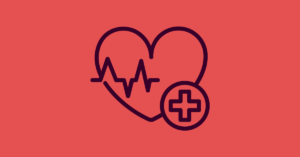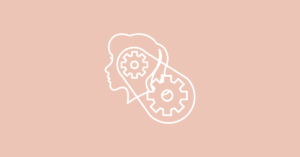Snapshot
Declining estrogen = weakened pelvic floor muscles
As estrogen levels plummet, pelvic floor muscles weaken, often leading to sudden urges, frequent bathroom trips, and occasional leaks. Nearly half of postmenopausal women experience some form of urinary leakage, with overactive bladder symptoms increasing from 15% pre-menopause to 25% post-menopause. Proactive measures like pelvic floor exercises, lifestyle modifications, and proper hydration can significantly improve bladder health.

The menopause-bladder connection
As we move through menopause, many of us notice changes in how our bladder and urinary system function. Common symptoms include the sudden urge to pee, more frequent bathroom trips, and sometimes leaks or discomfort. These changes are mostly due to a drop in estrogen, which affects the tissues and muscles that support our bladder and urethra.
Estrogen helps maintain the strength and elasticity of pelvic muscles, which play a key role in controlling bladder function. When estrogen levels decline during menopause, these muscles weaken, making it harder to control the bladder. The lining of the bladder and urethra also becomes thinner and less able to hold back urine, which can lead to frequent urges or leakage.
On top of that, a weakened pelvic floor means less support for the bladder, causing stress incontinence (leakage when sneezing, coughing, or laughing) or other urinary symptoms.
Menopausal urinary tract occurs in over 50% of menopausal women.
Studies shed light on the prevalence and impact of bladder issues during menopause highlighting that more than half of women in postmenopausal stages experience some form of urinary incontinence. Women with lower estrogen levels during menopause are more likely to experience urinary tract infections (UTIs) and bladder issues.
Additionally, research highlights that pelvic floor muscle strength diminishes with age and hormonal changes, which is a major factor in bladder issues during menopause.
Some women may turn to hormone replacement therapy (HRT) to alleviate these symptoms, but research on HRT’s effectiveness in treating urinary issues remains mixed. For many, the first line of defense includes lifestyle adjustments and pelvic floor exercises.
Bladder changes through the stages of menopause
Perimenopause: You might start to notice increased urgency or more frequent trips to the bathroom, as estrogen levels begin to fluctuate.
Menopause: Once menstruation stops, bladder issues can become more pronounced, including occasional leakage or even stress incontinence (leaking when sneezing or laughing).
Postmenopause: Without the protective effects of estrogen, symptoms like urinary tract infections (UTIs), incontinence, or bladder irritation may increase.
Early intervention is key. Pelvic floor exercises and maintaining a healthy weight can be protective measures to start even before reaching menopause. Addressing these issues early in life can significantly reduce bladder problems later on.
Steps to improve and maintain bladder health
Thankfully, there are several steps we can take to improve and maintain bladder health:
- Pelvic floor exercises (Kegels): Strengthening the pelvic muscles can improve bladder control.
- Stay hydrated, but avoid bladder irritants: Too much caffeine or alcohol can irritate the bladder and worsen symptoms.
- Manage your weight: Extra weight puts pressure on the bladder, leading to incontinence.
- Bladder training: Deliberately delaying urination to gradually extend the time between bathroom trips can help regain bladder control.
- Use of vaginal estrogen: In some cases, low-dose vaginal estrogen can help improve the elasticity of bladder and vaginal tissues.
When to get professional help
While urinary symptoms are common during menopause, they shouldn’t significantly impact your quality of life. If you experience any of the following, it’s time to consult a healthcare provider:
- Frequent, uncontrollable leaks.
- Urinary symptoms that interfere with sleep or daily activities.
- Painful urination or symptoms of a UTI, such as burning or cloudy urine.
- Symptoms that do not improve with lifestyle changes or over-the-counter treatments.
Your doctor may suggest physical therapy, medications, or other treatments depending on your specific needs.
Anything else?
Additional tips for managing bladder health in menopause:
- Wear moisture-wicking pads or liners for minor leaks to feel more comfortable throughout the day.
- Stay active: Regular physical activity can help maintain a healthy weight and improve overall pelvic health.
- Consider pelvic floor physical therapy: A specialized physical therapist can help with tailored exercises for bladder control.
- Avoid bladder irritants: Spicy foods, caffeine, and carbonated drinks can aggravate bladder symptoms.
- Wear protection: If leaks are a regular issue, using bladder control pads can help keep you comfortable and confident.
- Try herbal supplements: Some women find relief from bladder symptoms with herbal supplements like cranberry extract or D-mannose, which may support urinary tract health.
Tool kit for bladder health
Here are some products that may help navigate bladder changes:
Kegel exercisers: These can assist in strengthening the pelvic muscles, making bladder control easier.
Bladder control pads: Products specifically designed for urinary leakage provide discreet protection and help manage any accidents.
Bladder training apps: These apps guide you through bladder training exercises and track your progress.
Vaginal moisturizers or estrogen creams: These help maintain the health of vaginal and urethral tissues, reducing discomfort or irritation.
Bladder-friendly drinks: Herbal teas that soothe rather than irritate the bladder are a great addition to your daily routine.


